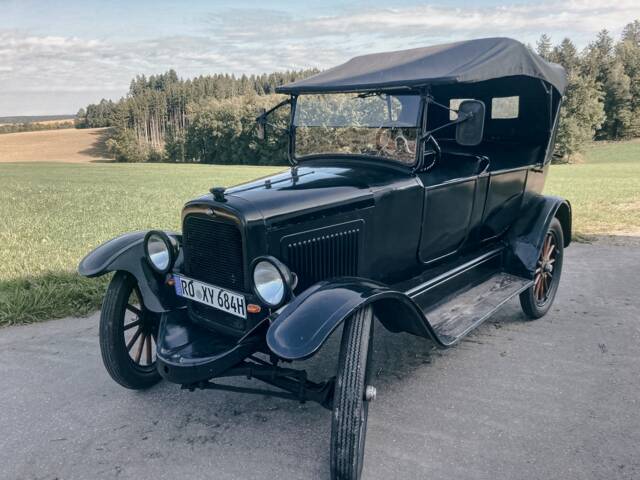- Car
- Willys-Overland (1 offer)
Willys-Overland classic cars for sale
Willys-Overland stands out in automotive history for its pioneering role in developing robust, practical vehicles—most famously the military Jeep. From family-friendly tourers of the 1910s to game-changing off-roaders in the 1940s, Willys-Overland models offer a fascinating glimpse into American engineering and innovation. Discover more about the technology, evolution, and unique appeal of Willys-Overland classics below.
Search results
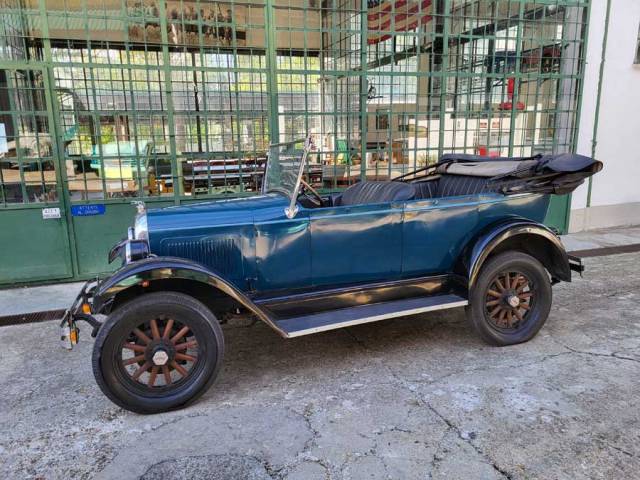
1928 | Willys-Overland 96A
Willys-Overland Whippet Touring – 1928
Willys-Overland listing references from Classic Trader
Below you will find listings related to your search that are no longer available on Classic Trader. Use this information to gain insight into availability, value trends, and current pricing for a "Willys-Overland" to make a more informed purchasing decision.
1922 | Willys-Overland Overland Four
Willys Overland Four Touring, Baujahr 1922
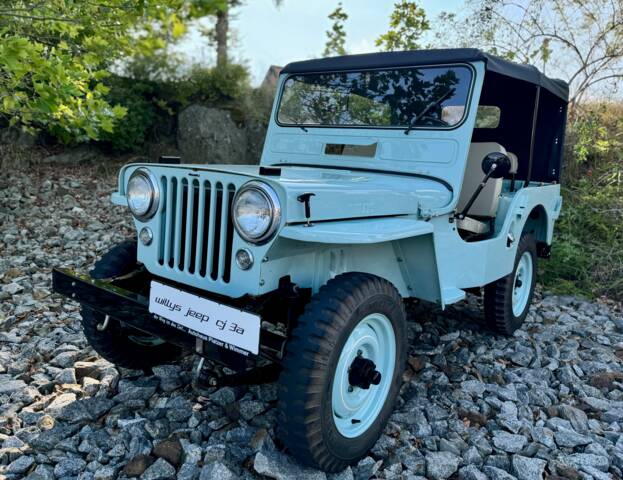
1954 | Willys-Overland CJ-3A
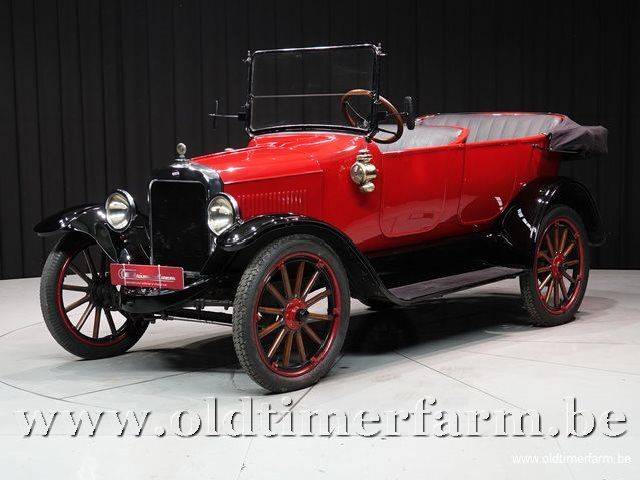
1922 | Willys-Overland Overland Four
1922 Willys Overland Touring '22

1929 | Willys-Overland 96A
Willys-Overland Whippet 96A äußerst selten mit Historie (1929)

1929 | Willys-Overland 96A
Willys-Overland Whippet 96A äußerst selten mit Historie (1929)

1929 | Willys-Overland 96A
Restored

1922 | Willys-Overland Overland Model 91
1922 Willys Overland Touring '22
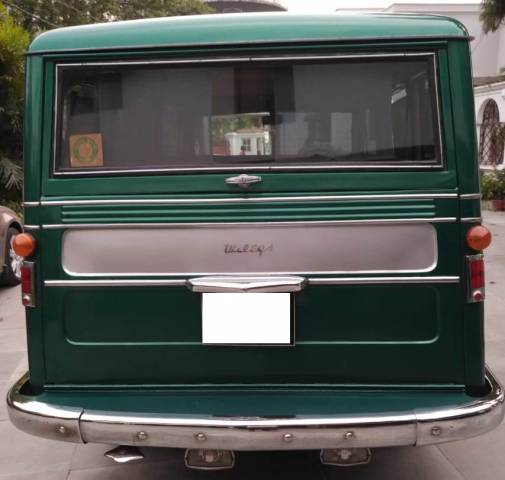
1962 | Willys-Overland Jeep Station Wagon
WILLYS JEEP

1921 | Willys-Overland Overland Model 91
Fully restored, mint condition
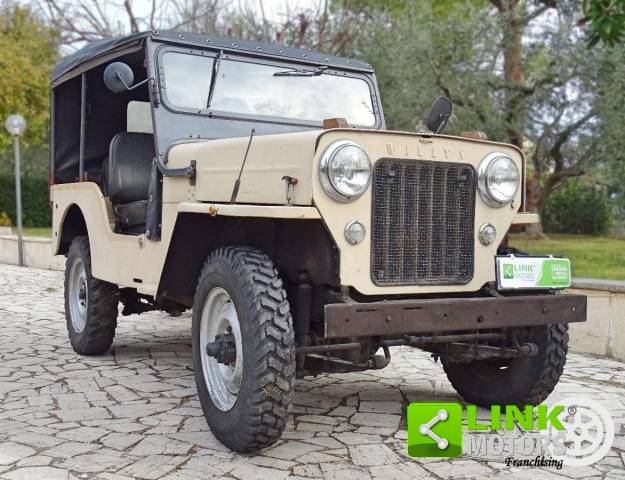
1984 | Willys-Overland CJ-3A
Jeep CJ 3 B
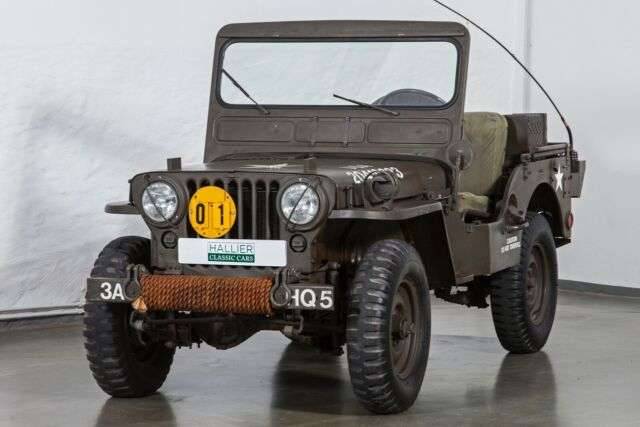
1951 | Willys-Overland MC / M-38
Jeep Willys -Overland MC 38,,Originalzustand,,
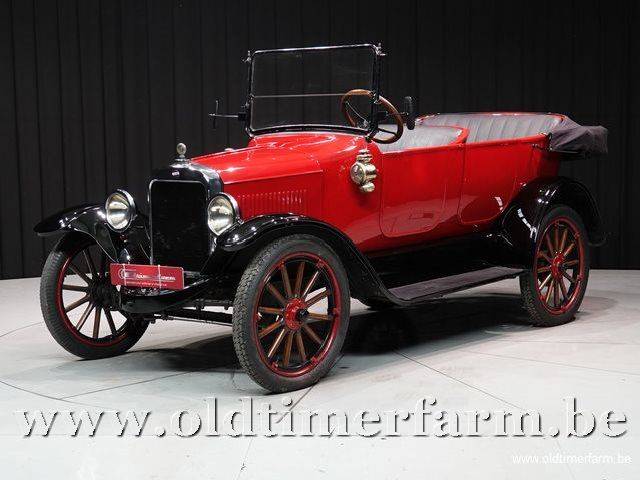
1922 | Willys-Overland Overland Four
1922 Willys Overland Touring '22
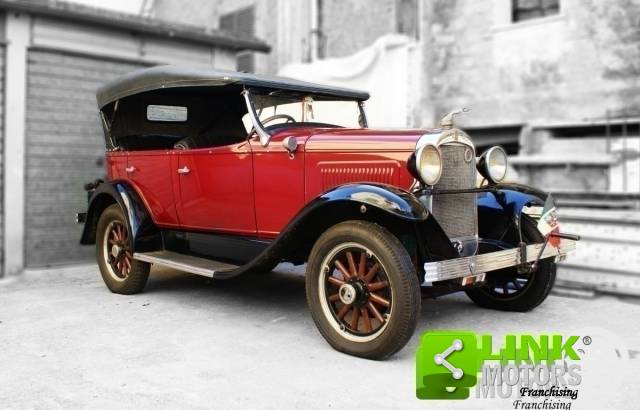
1928 | Willys-Overland 96A
Willys Overland Whippet 96A 1928 auto d'epoca

1949 | Willys-Overland CJ-3A
History of Willys-Overland
Founded in 1908 when John North Willys acquired the Overland Automotive Division, Willys-Overland quickly grew to become America’s second-largest automaker between 1912 and 1918, only behind Ford. The brand initially made its mark with the Overland Four, a direct rival to the Ford Model T, and went on to produce a number of well-regarded models like the touring Model 91 and the luxurious Stearns-Knight following the acquisition of the F.B. Stearns Company. Facing economic headwinds in the late 1920s, the company streamlined its lineup, replacing some model series with the Whippet range and focusing on practical, reliable vehicles. World War II represented a major turning point: starting in 1941, Willys-Overland produced the MB model, which would become known as the Jeep, shaping the very concept of an all-terrain utility vehicle. Postwar, the company brought innovations from its military designs into its civilian lineup, including the widely exported Jeep CJ-2A and the versatile Aero. In 1953, Willys-Overland was bought by Kaiser Motors, marking the end of its era as an independent US manufacturer.
Model history
Willys-Overland’s early portfolio included the Overland Four and Model 91 Touring, acclaimed for their sturdiness and low running costs. In the 1920s, the company expanded into luxury with the Stearns-Knight and engaged mid-tier buyers with the Whippet series. The economic upheaval of the 1930s prompted a pivot towards more compact, simpler designs like the Willys 77. Military contracts during WWII resulted in the creation of the MB Jeep, followed by civilian adaptations such as the CJ-2A, Jeep Truck, and Aero compact. Notable for both export and domestic markets, later models also included special configurations for overseas assembly, particularly in Brazil and postwar Europe. Predecessors span early Overland cars, with successors including vehicles under Kaiser-Jeep and later American Motors Corporation banners.
Highlights and Market Presence
Willys-Overland vehicles are known for innovative design solutions: the use of Knight sleeve-valve engines in Willys-Knight, rugged 4x4 architecture pioneered on the MB/CJ series, and practical touches like all-steel wagon bodies. The Overland tourers offered impressive load space and reliability in the 1920s, while the postwar Jeep line redefined off-road capability worldwide. The company’s broad scope—from everyday family cars to vehicles built for the toughest conditions—underscores its engineering versatility.
Technical Data
Special Editions and Collectible Models
Notable rare or specialist Willys-Overland vehicles include:
- Willys-Knight: Sought after for its silent-running Knight sleeve-valve engine technology.
- Stearns-Knight: Luxurious models produced after the acquisition of F.B. Stearns Company, featuring advanced engine designs for the era.
- Willys MB ‘Jeep’: Over 650,000 units built during WWII. The original MB and later M38/M38A1 models are the definitive military jeeps, highly valued today for their historical provenance.
- Aero series: Civilian models with export variants, some bearing unique features in South American production.
Weak Spots and Common Issues
Willys-Overland vehicles generally benefit from robust engineering. Early tourers and Jeeps are straightforward to maintain, with many parts still available due to high production numbers. Key points for buyers: check for original wooden floorboards, typical oil leaks around gaskets in side-valve engines, possible play in early steering boxes, and wear in mechanical brakes. Later Brazilian-assembled cars may require extra diligence regarding body corrosion, especially in humid climates. Overall, the simplicity of the mechanical layout aids in restoration and upkeep.
Engine, Transmission and Handling
The hallmark of Willys-Overland cars is dependable, uncomplicated mechanical performance. Early models like the Overland Four delivered modest but reliable torque, a calm idle, and simple shifting through an unsynchronised 3-speed gearbox. Jeep derivatives added all-wheel-drive capability, making them outstanding in off-road and rural applications. The structural rigidity and light weight of 1920s tourers made them surprisingly nimble on period roads, while the postwar CJ and MC models established benchmarks for approach, departure, and breakover angles in off-road conditions. - Overland Four (1919–1926): 4-cylinder SV engine, up to 40 bhp at 3,200 rpm, 3-speed manual, 2,540–2,620 mm wheelbase.
- Willys MB (1941 onward): 4-cylinder 2.2-litre, 60 bhp, part-time 4WD, basic interior, extremely durable in harsh environments.
- Willys CJ-3A/MC: Direct descendants with minor upgrades, especially for civilian applications.
- Model 91 Touring: Spacious, comfortable open-top tourer; strong export popularity.
Interior, Comfort, Exterior and Design
Willys-Overland interiors are characterised by durable synthetic leathers, straightforward dashboard layouts, and utilitarian switchgear. Floorboards were typically hardwood (frequently oak) with a rubberised covering for easy cleaning—a nod to practicality. Exteriors ranged from simple, black-painted models to more colourful options such as yellow or custom export colours. The company’s commitment to robust body-on-chassis construction meant cars could be fully restored 'body-off' style. Special editions, such as the Stearns-Knight, featured enhanced trim and materials. In military Jeeps, functionality dominated, yet the design became instantly recognisable worldwide: flat fenders, vertical-slotted grilles, and a removable canvas top set the visual template for all later utility vehicles.
Other notable features
Willys-Overland made global impact with substantial vehicle exports and knockdown kits for overseas assembly—particularly to South America and Europe. The distinctive ‘W’ logo on Willys-Overland vehicles, sometimes accompanied by cursive script, marks out authentic examples. The brand’s role in spawning the entire Jeep lineage influenced postwar 4x4 development worldwide. Many Willys-Overland veterans are still active in classic rallies and agricultural events due to their mechanical simplicity and ruggedness.
Summary
Willys-Overland vehicles encapsulate the transformation of American motoring from practical, affordable tourers in the 1910s, through luxury and compact innovation in the interwar era, to the creation of the Jeep in the 1940s. Today, these classic cars and trucks maintain appeal for enthusiasts due to their straightforward engineering, accessible maintenance, authentic period character, and the far-reaching legacy of their designs, especially in the field of all-wheel-drive vehicles.

